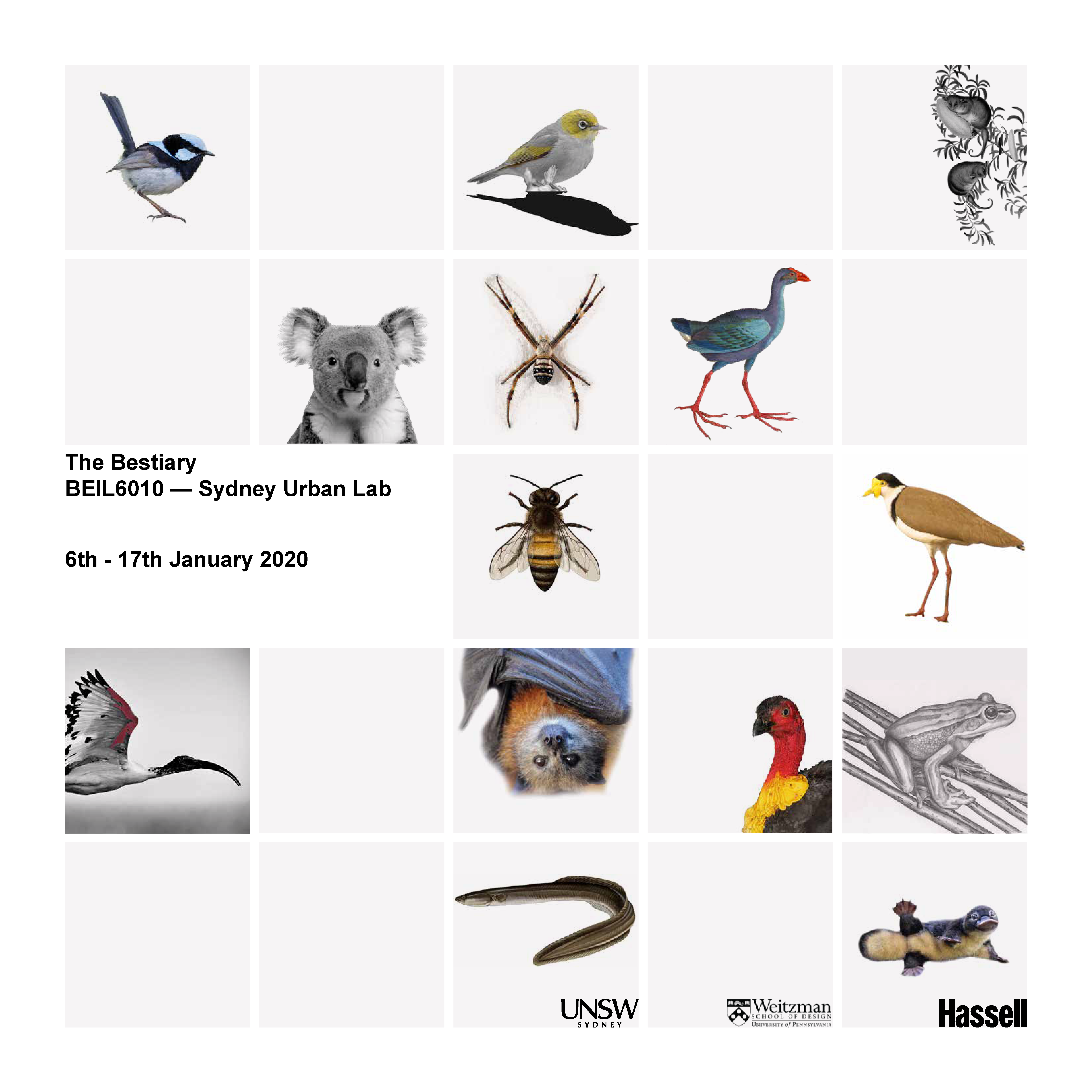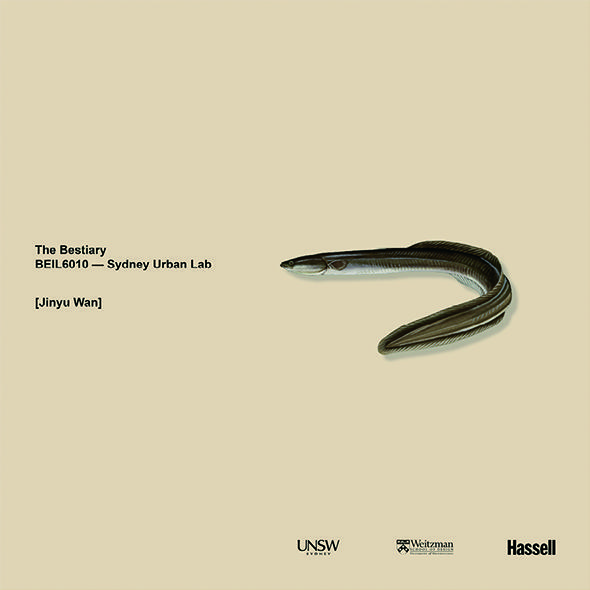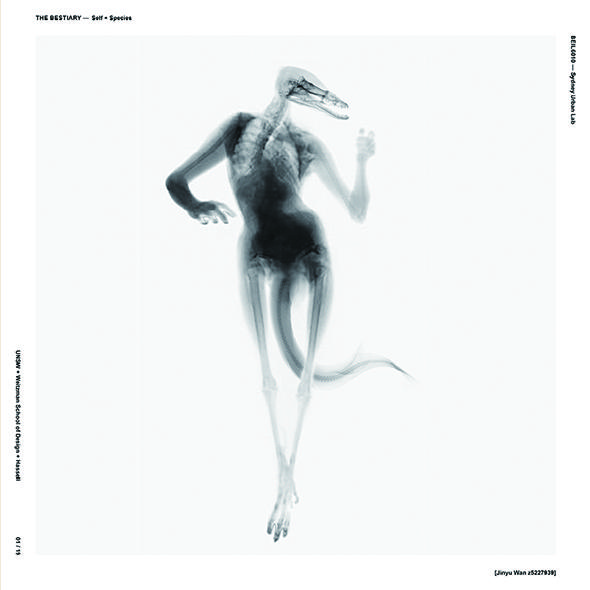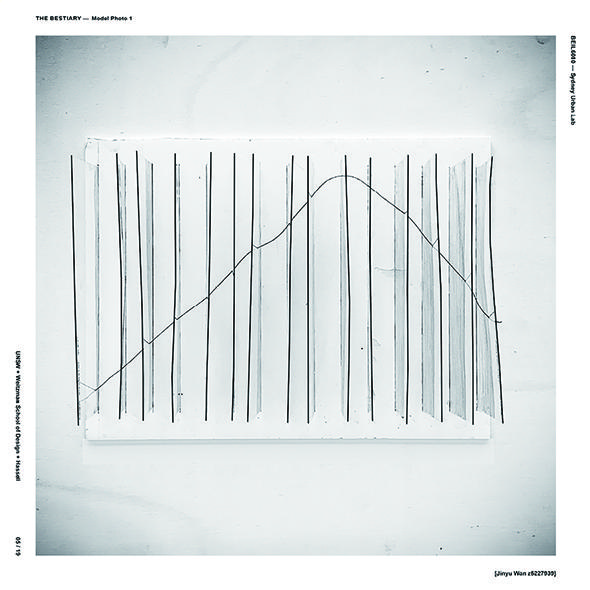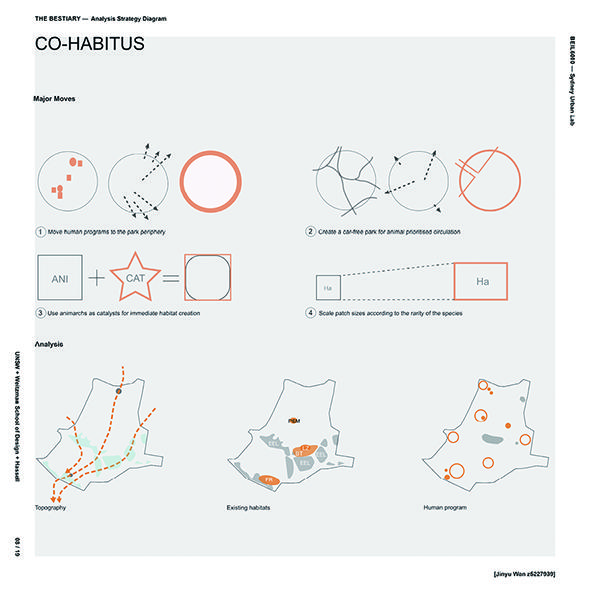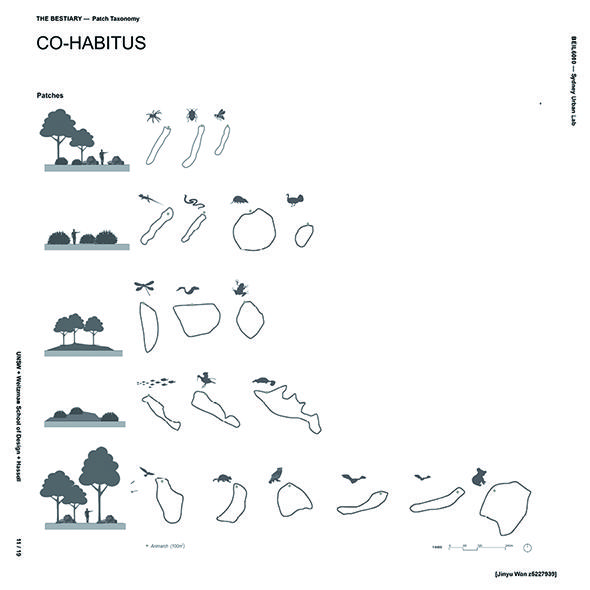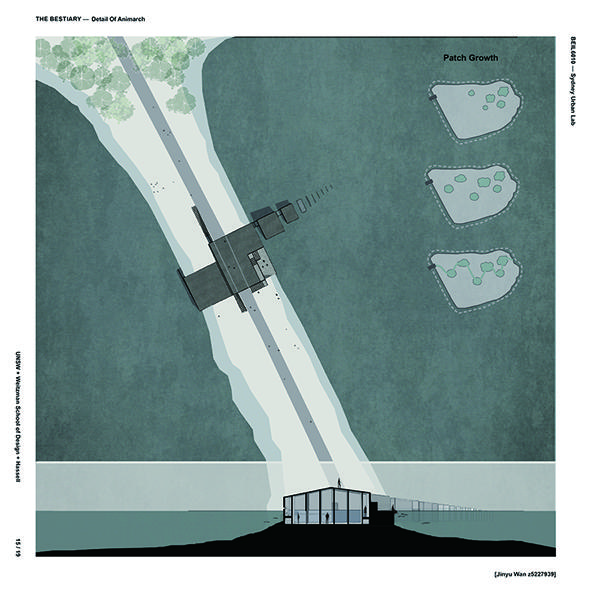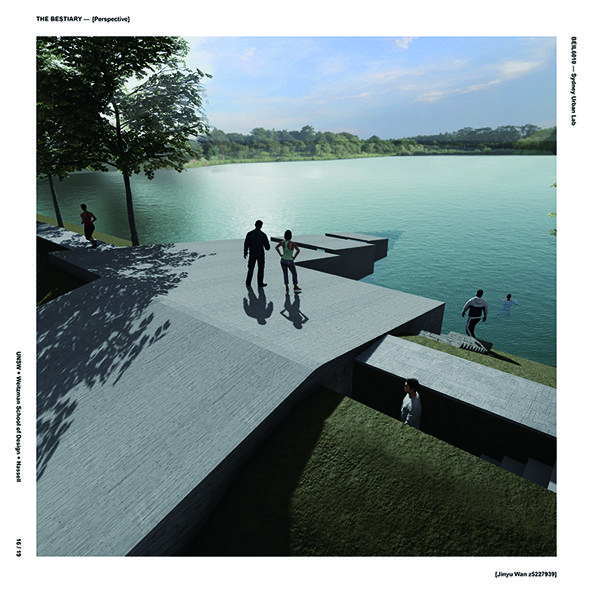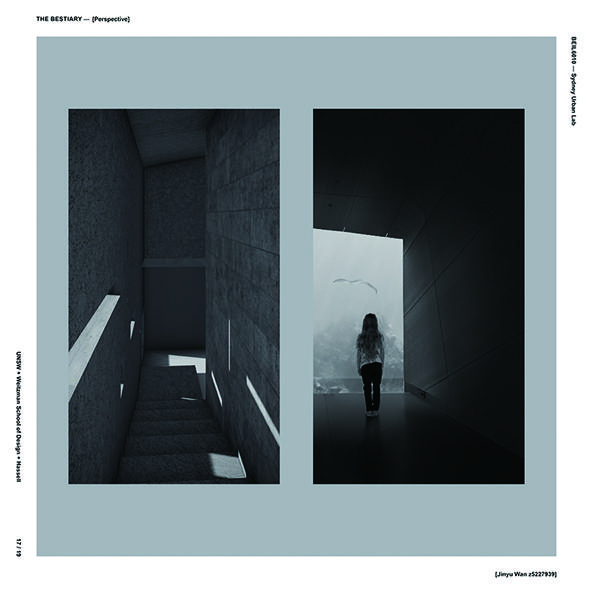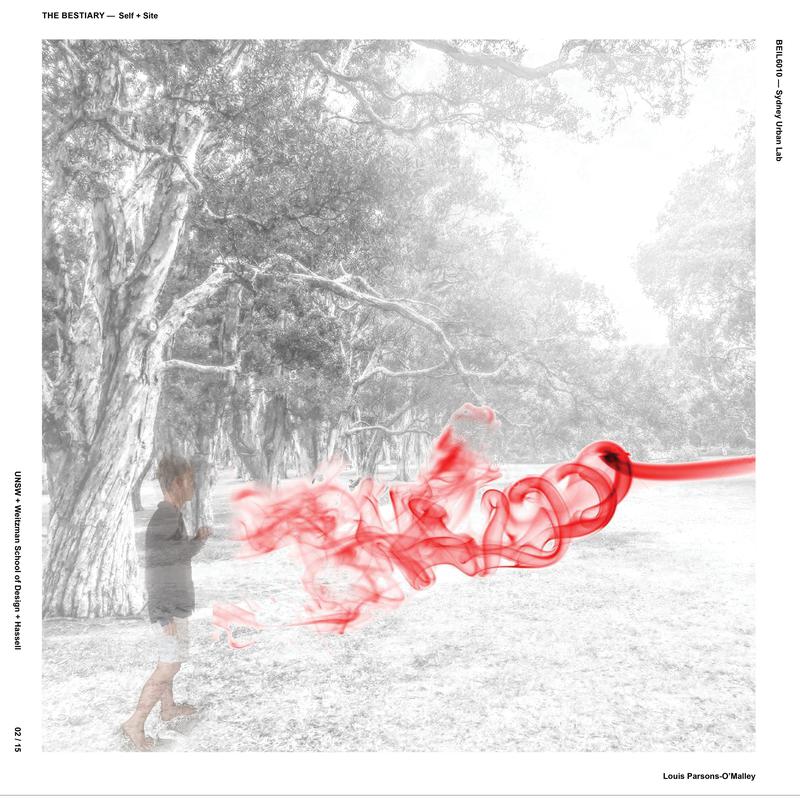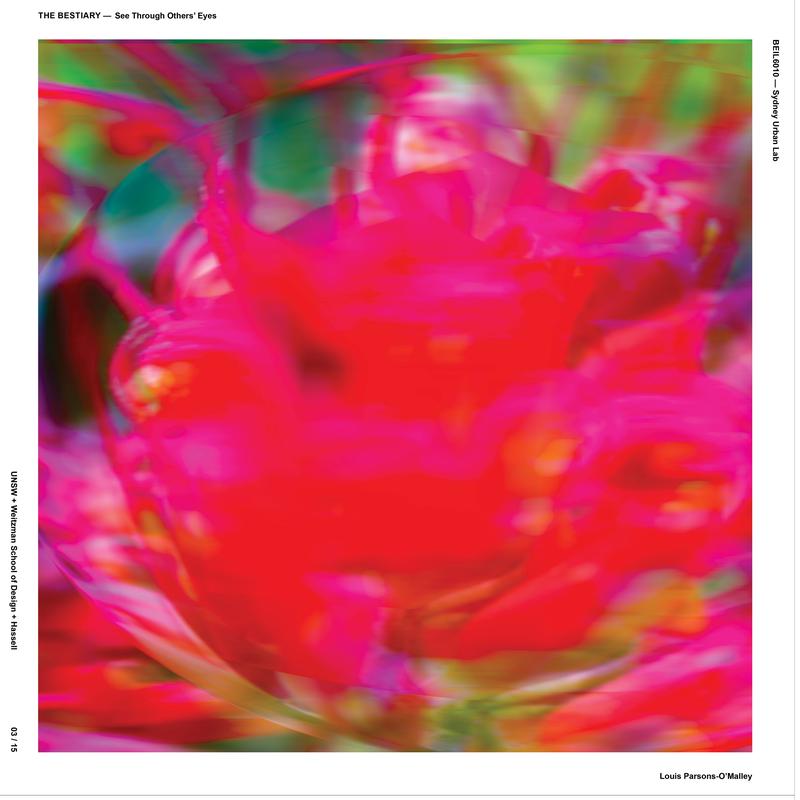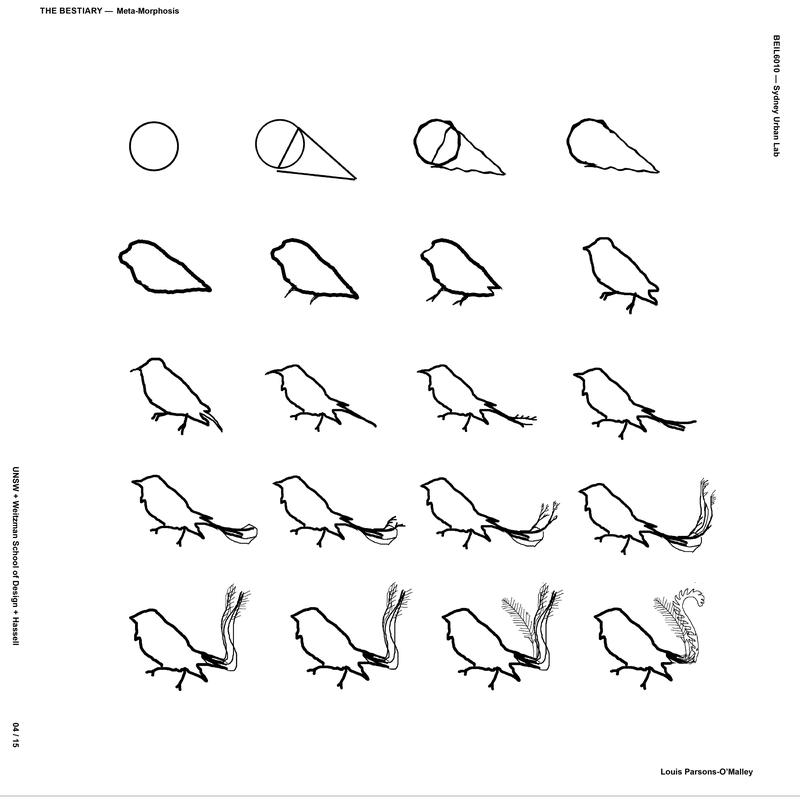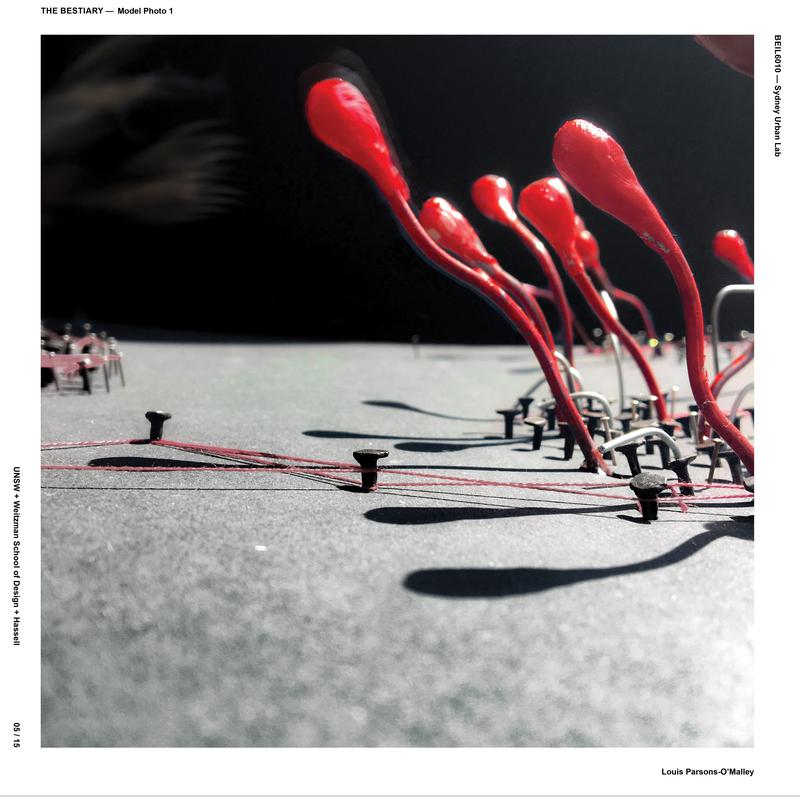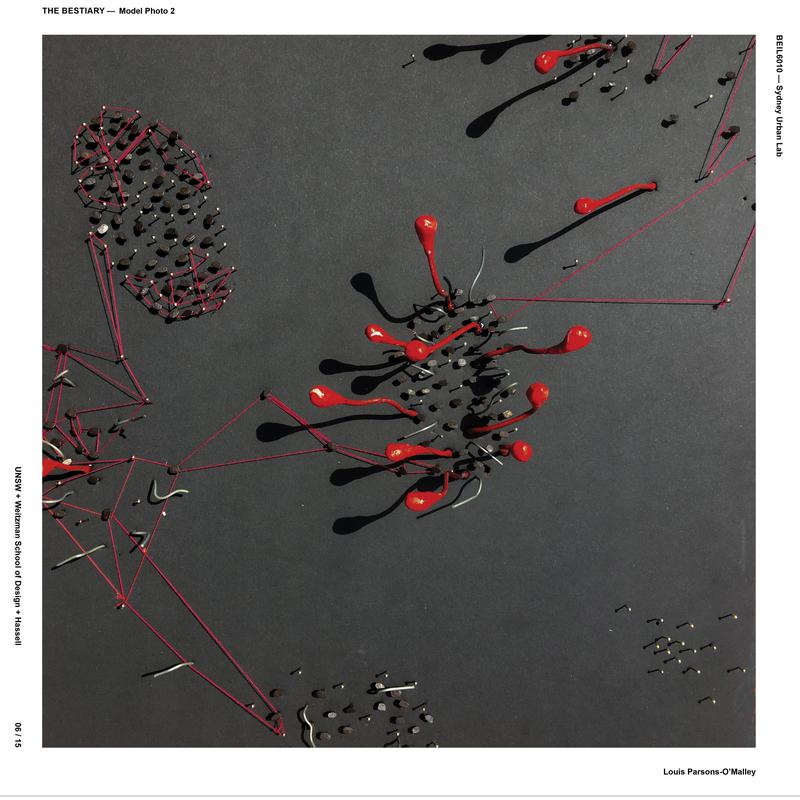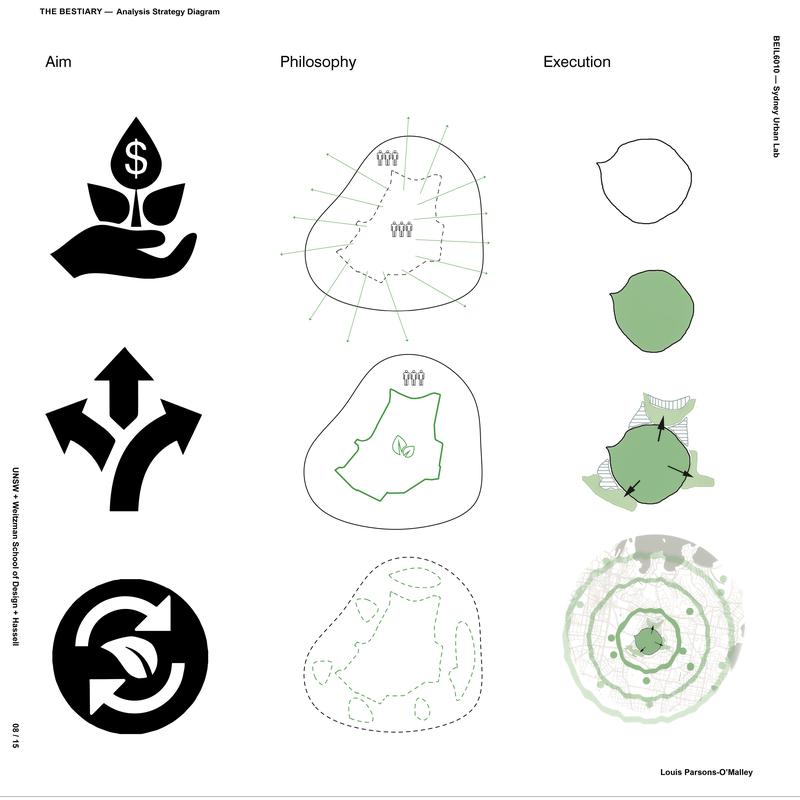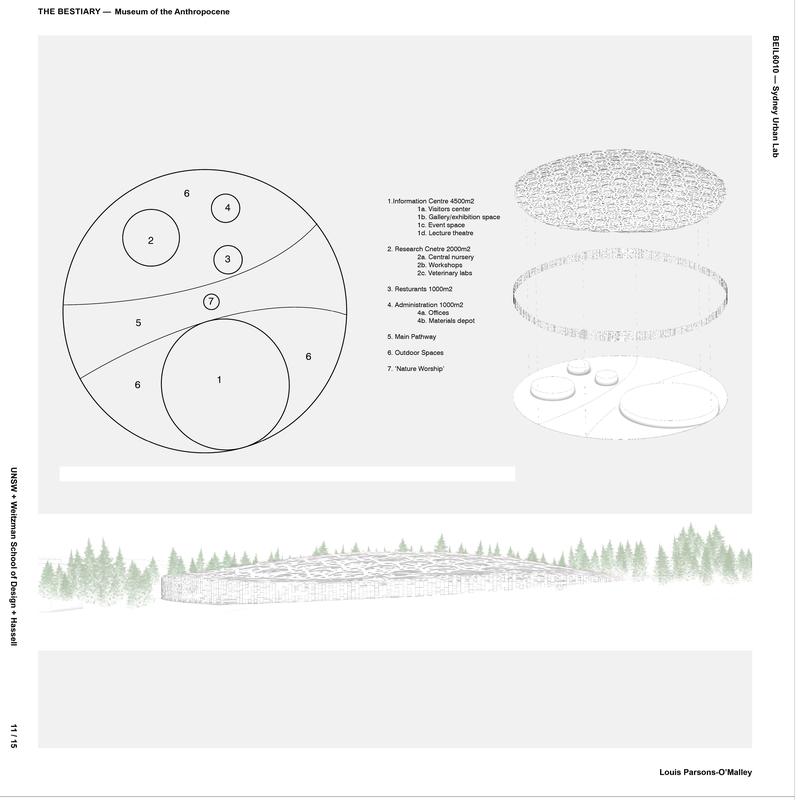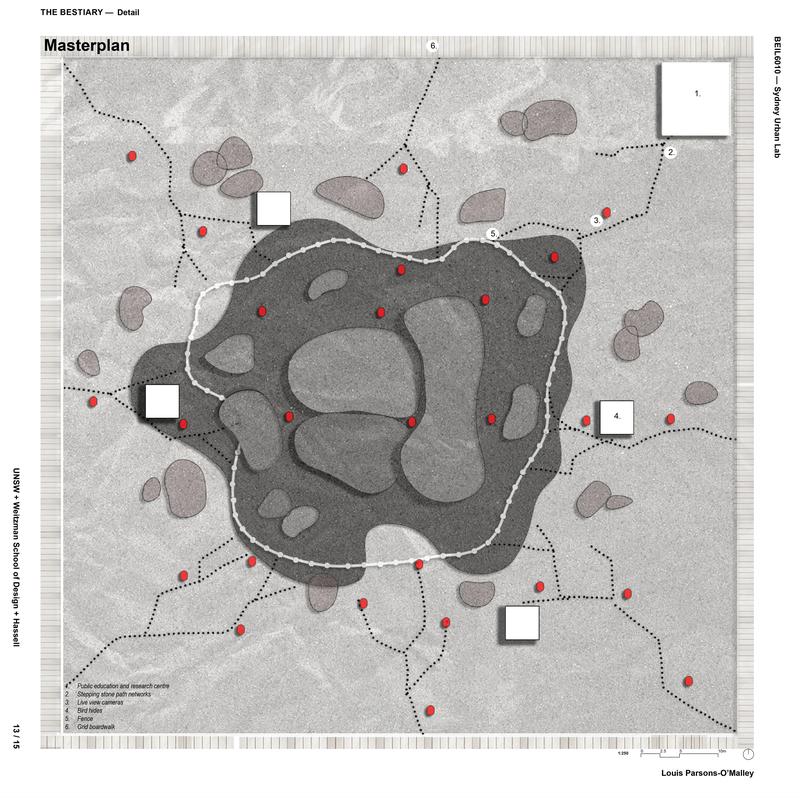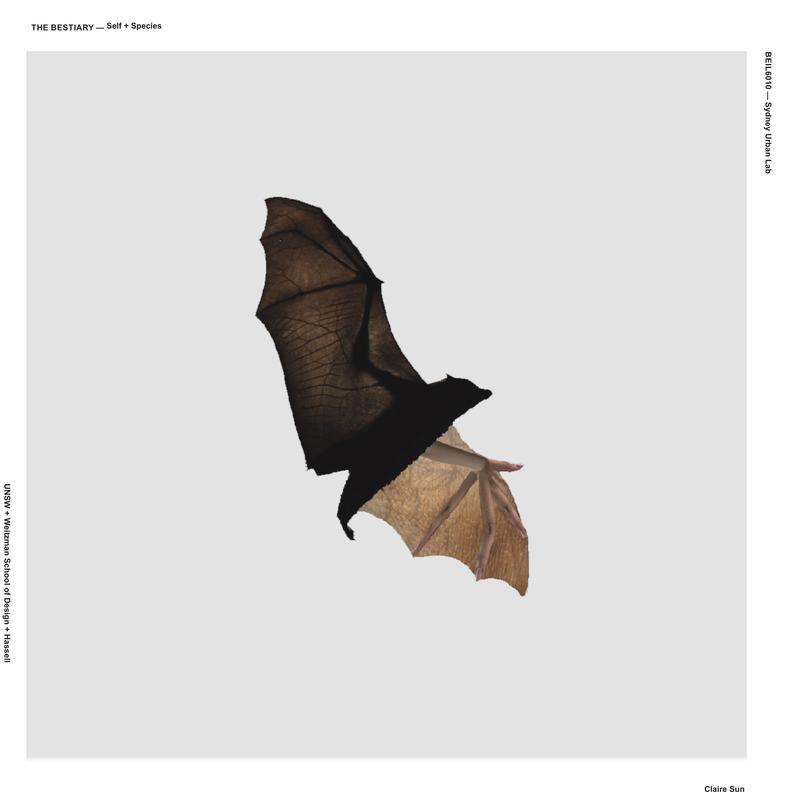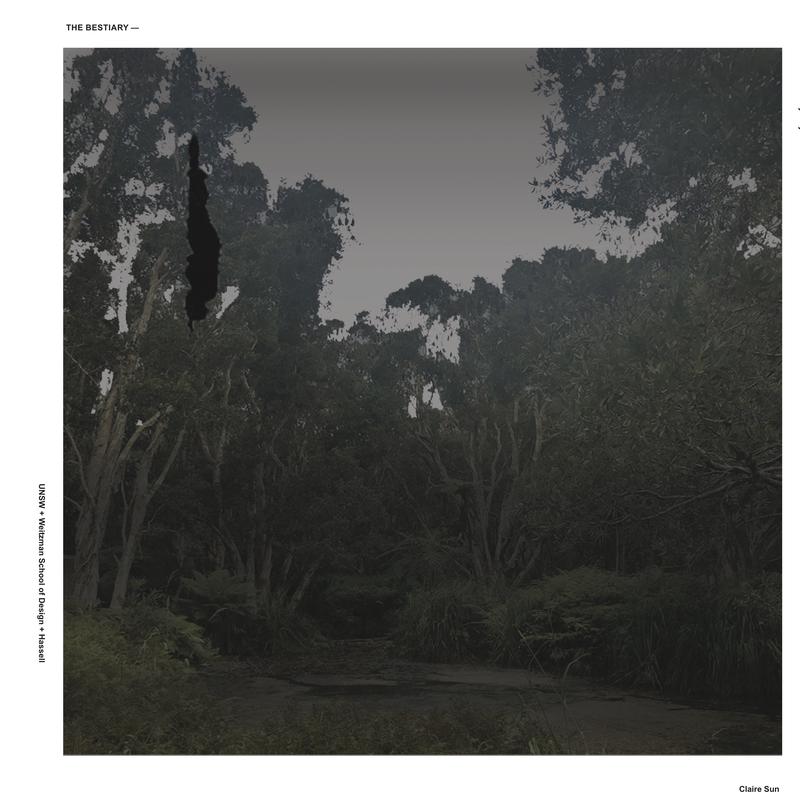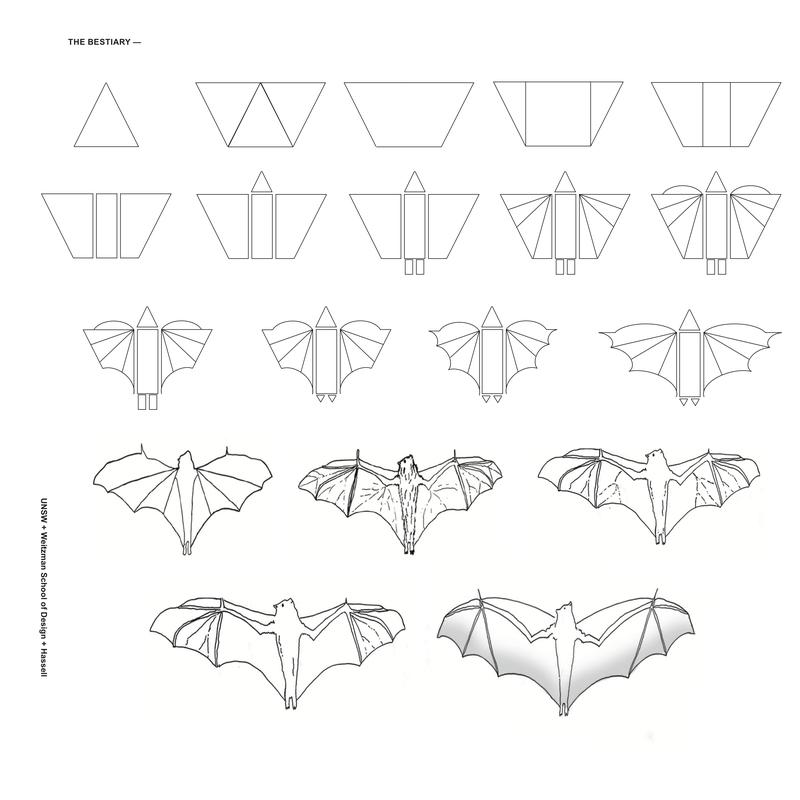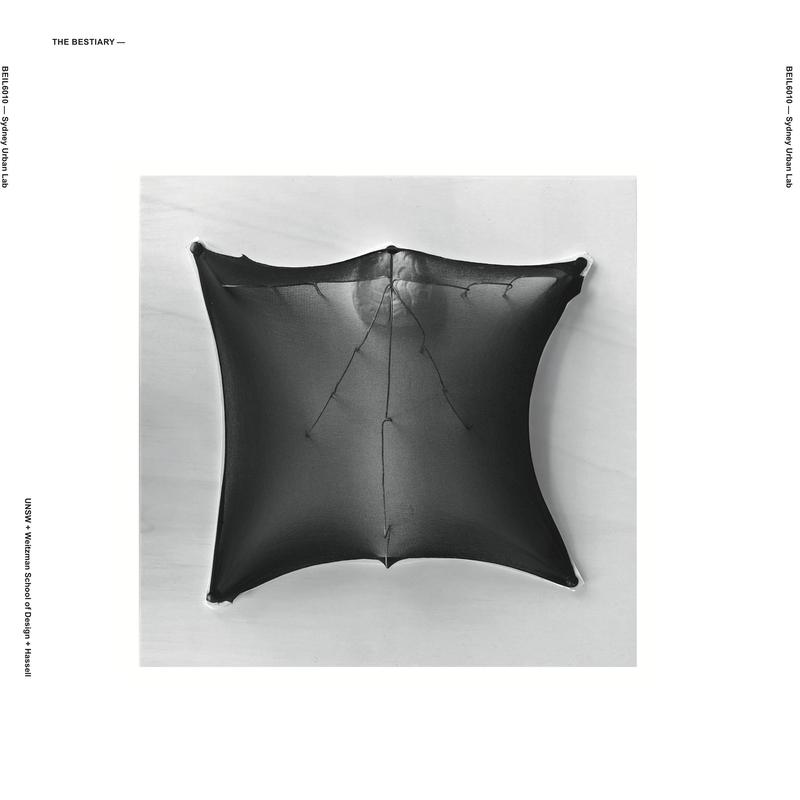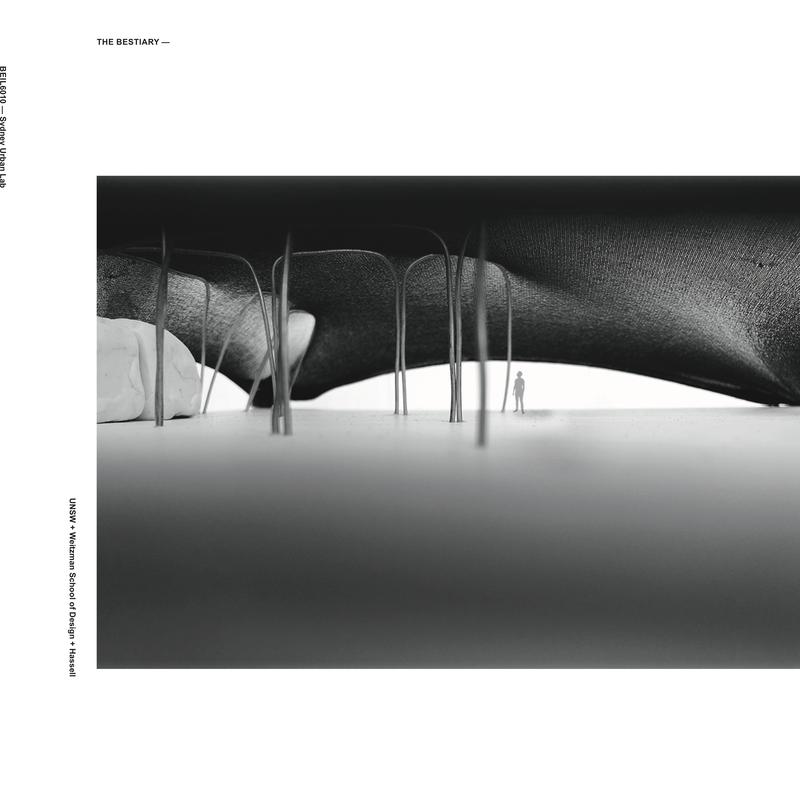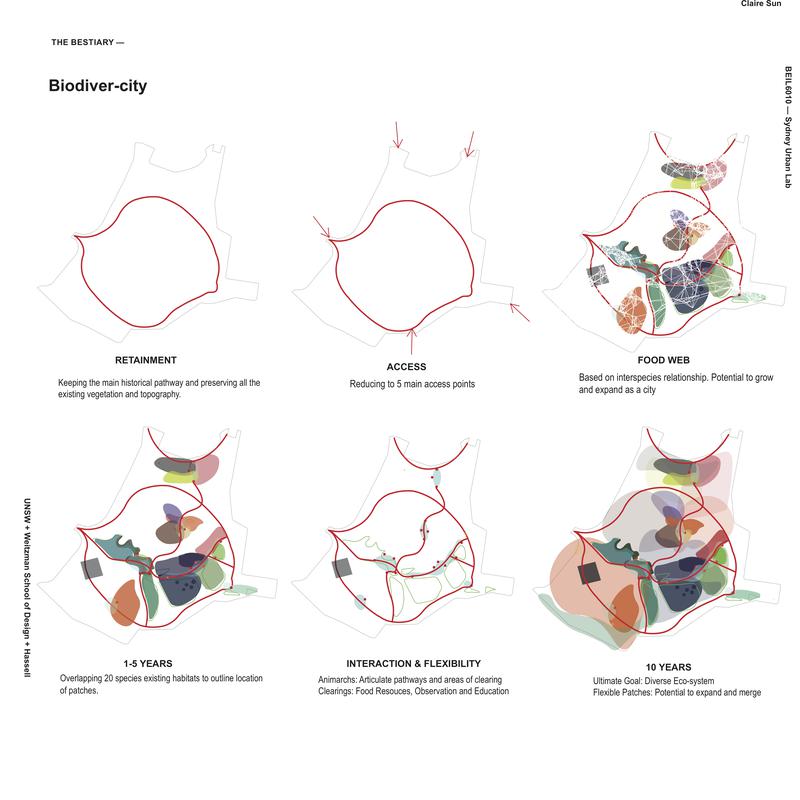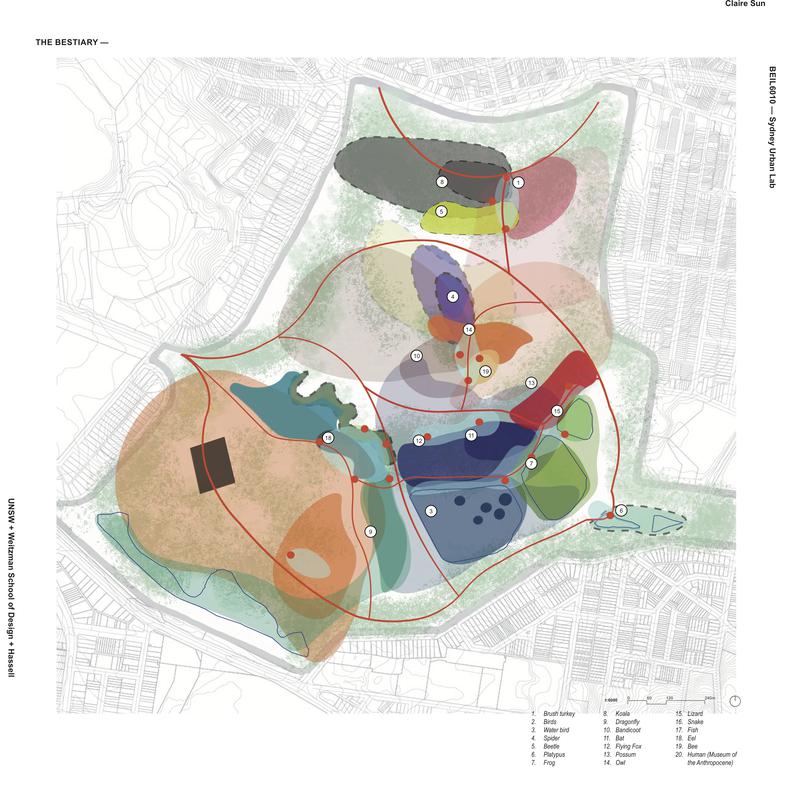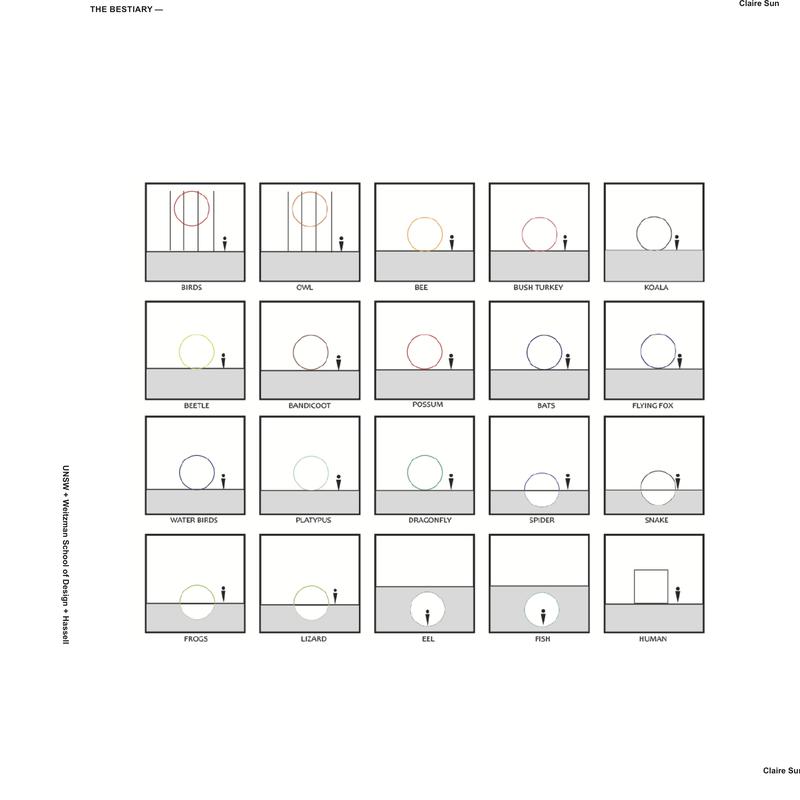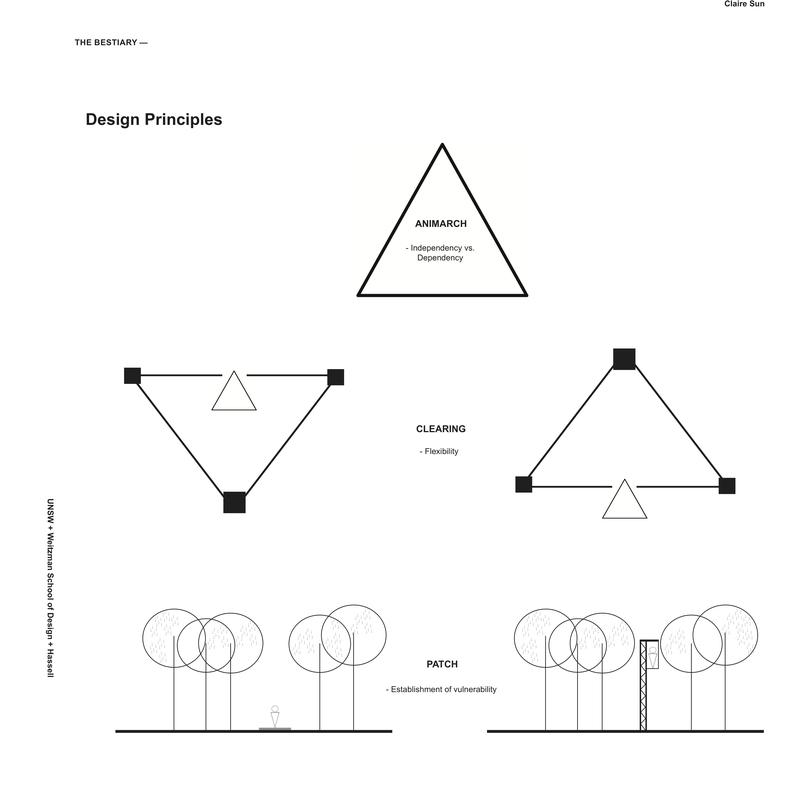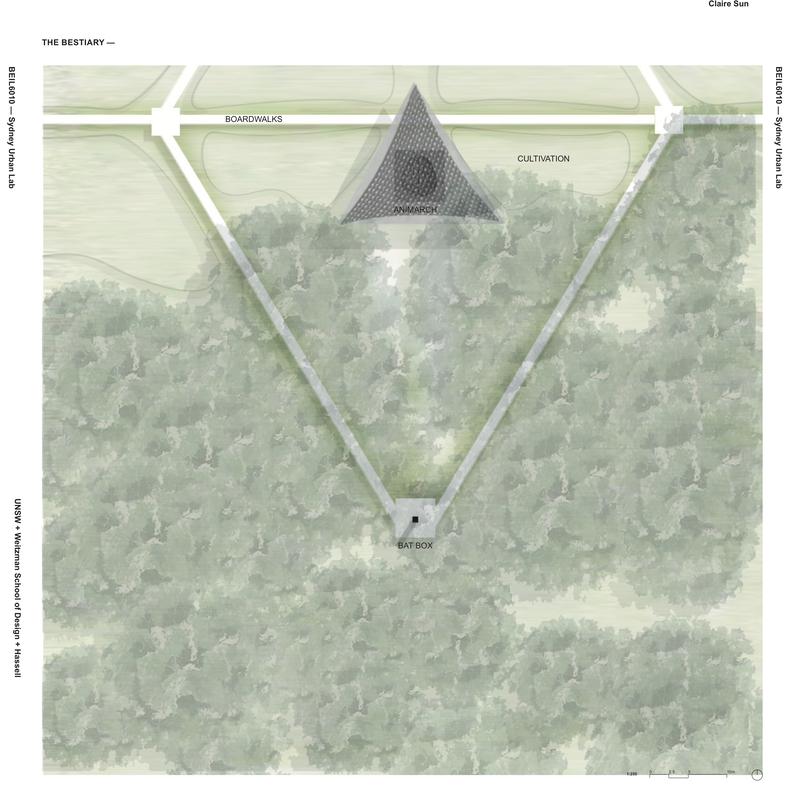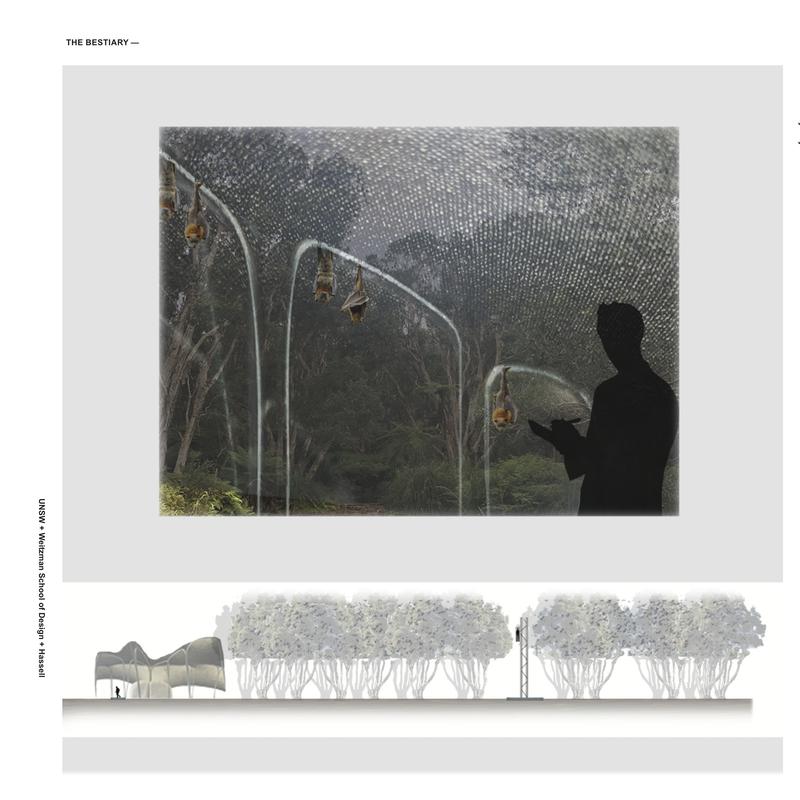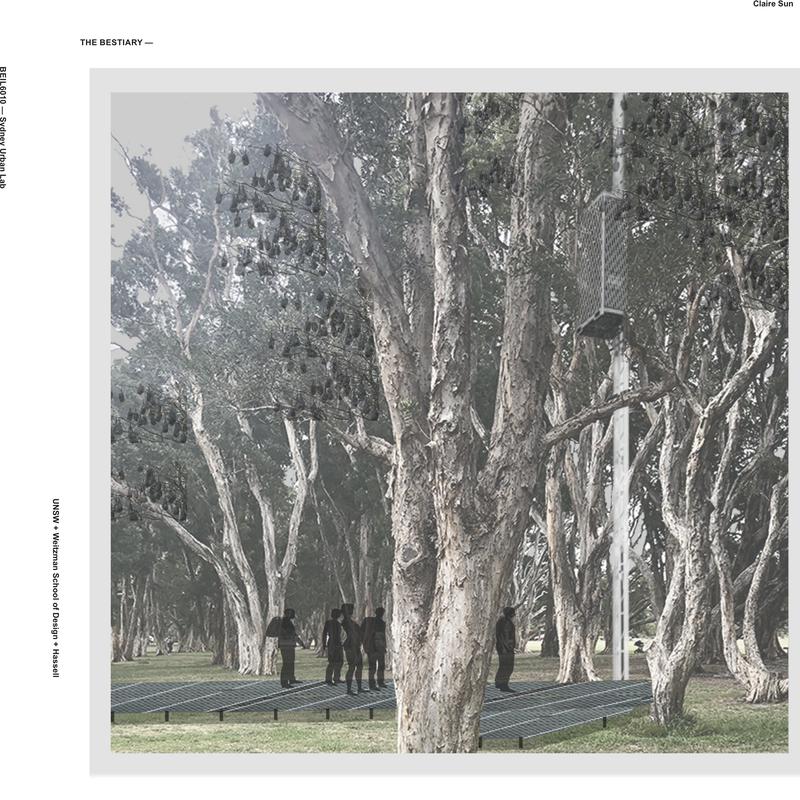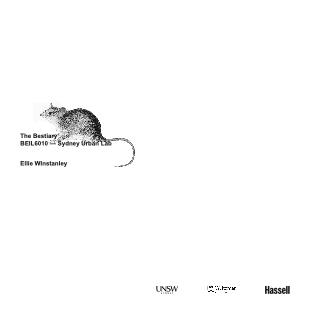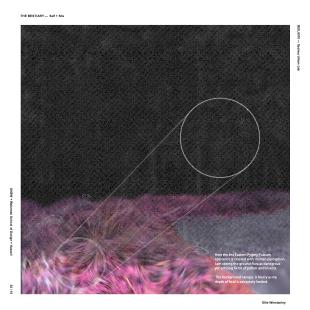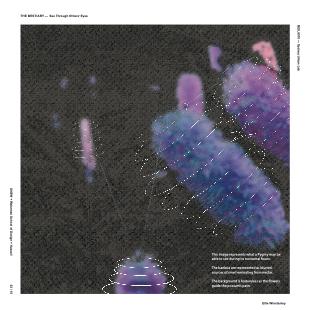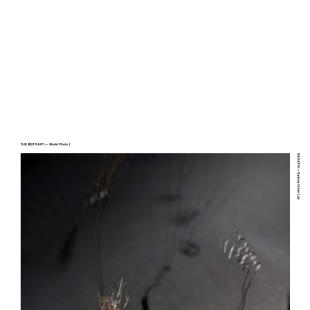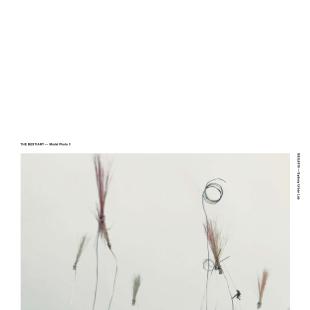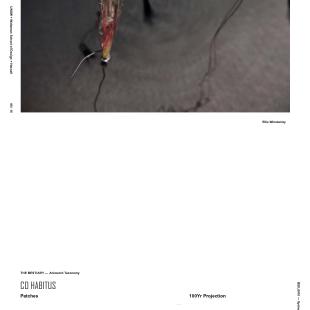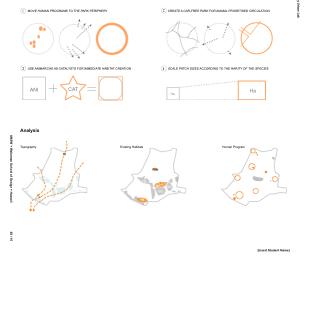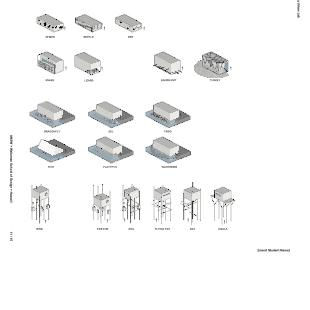The Bestiary
Sydney, Australia, 2020
Australia, and by extension Sydney, is a signatory to the UN Convention on Biological Diversity (CBD). Each of the 196 nations who are party to the CBD are required to have National Biodiversity Strategy and Action Plan (NBSAPs) which include biodiversity planning for cities. Sydney’s "Urban Ecology Strategic Action Plan’ endorsed in 2017 outlines an urban biodiversity network through central Sydney with Moore Park and Centennial Park at its core. This land was the central focus of this case study.
In January 2020 against the backdrop of the apocalyptic fires tearing through the ‘hotspot’ of Australia’s Eastern Forests, we asked students of architecture, landscape architecture and interior design at the University of New South Wales to take this parkland and turn it into an incubator of endangered species. The proposal here is not only to react with urgency to a crises— it is estimated over a billion animals lost their lives in the fires— it is to also reimagine such conventional urban parkland as something more than just recreational space for humans and their dogs.
By way of method, the students each chose an endangered or important species in the ecosystem of the Sydney region. Through research and a series of artworks, students developed an understanding of and empathy for their “client”. (Brush turkey, Parrot, Spider, Beetle, Platypus, Skink, Frog, Koala, Dragonfly, Bandicoot, Bat, Flying Fox, Possum, Bird, Water bird, Owl, Lizard, Snake, Fish, Eel). As a group the studio negotiated a master plan for the park whereby all species received maximum ideal habitat, whilst also incorporating human activity. This plan comprises ‘habitat patches’ where each patch contains a lab (referred to as an ‘animark’) the purpose of which is bring scientists, animals and the public closer together, and do so in ways that do not repeat the problem of zoological enclosures. The purpose of each patch is to function as a fenceless, living laboratory for the incubation of particular species. The project is an experiment in catalyzing a novel urban ecology which would continue to change unpredictably.
Acknowledgements
This studio was led by Richard Weller (Weitzman School of Design, University of Pennsylvania), Beth George (University of Newcastle), Jason Cuffe (Hassell), Georgia Darling (Hasselil), and Chris Kelly (Hassell). Dieter Hochuli and Craig Burton served as advisors.
Thanks to the following reviewers: Helen Lochhead, Philip Thalis, Sara Padgett, Philip Coxall, Anton James, Rod Simpson, Sue Barnsley, Philip Oldfield, Catherine Evans, Linda Corkery, Dieter Hochuli, Craig Burton

